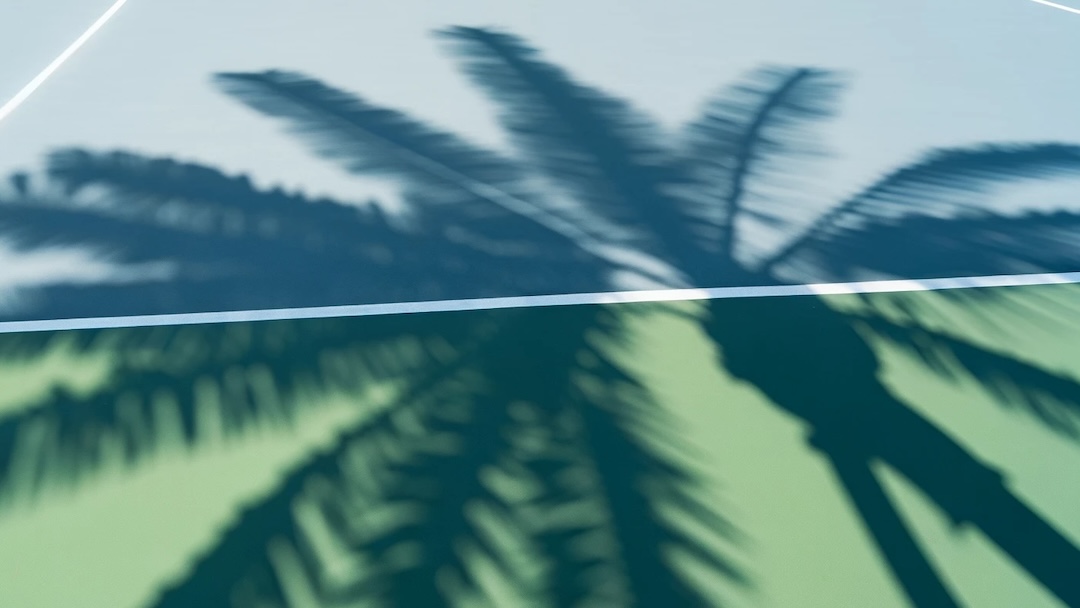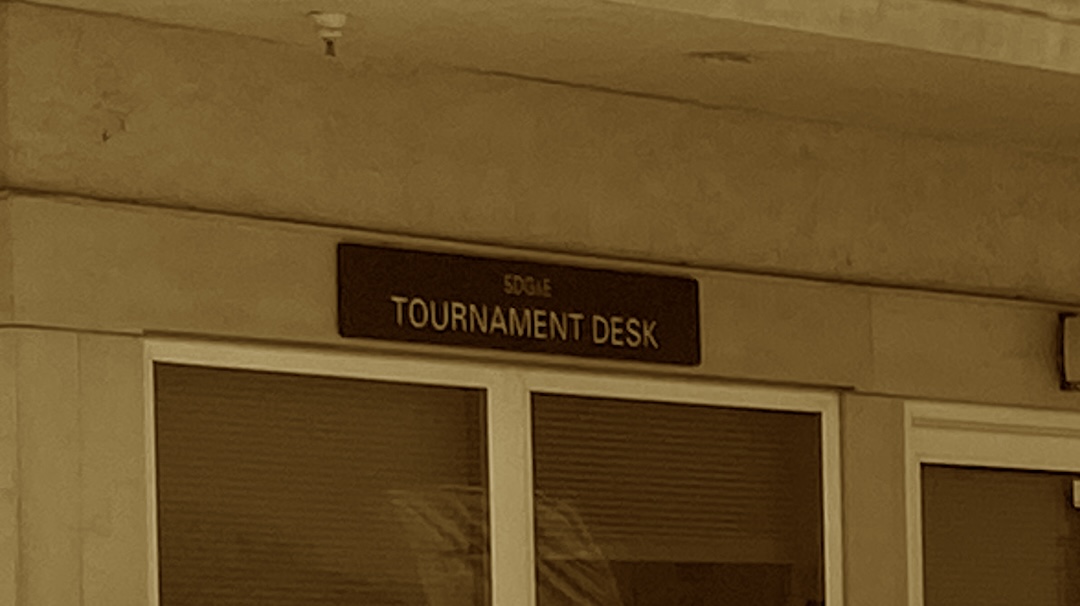I was originally drawn to S.C.F. Peile’s ‘Lawn Tennis as a Game of Skill‘ because it contains an Appendix with the complete USLTA Rules of Tennis as they stood in 1887. However, I have also found that the ideas presented in the book’s main body are simply too entertaining to ignore. This week, I am examining some of the concepts presented in the “Common Faults” chapter of the book.
In describing the errors tennis players make when playing the game, Peile describes what is clearly the foundational knowledge of proper footwork and court positioning. He simultaneously reveals that some of the “faults” he identifies have evolved into what are now considered best practices given the athleticism now required to compete at the highest levels in tennis.
This book cautions against a “sprawling” style of play, which the author attributes to a failure to move toward the ball in time. Peile asserts that a player who makes a frantic rush to the ball and has to dive for it can never “place” a ball effectively unless by fluke. He goes so far as to describe the sprawling player as a sedentary person who hasn’t previously engaged with the other popular sports of the time.
His ideas are ironic when viewed from a modern perspective. If Peile had been shown a still image of Novak Djokovic or Carlos Alcaraz that somehow was transported back in time to his era, he would have criticized both players for poor play. The game has evolved significantly.
I am coming to fully appreciate that Peile has strong views of the ladies who played tennis and, moreover, that he isn’t afraid to share them. One of his interesting assertions is that the ladies are incapable of “sprawling.” That idea is immediately followed up with the observation that the ladies never seem to know where the ball is going anyway.
Most of the remaining information Peile shares in the “Common Faults” chapter contains footwork and positioning tips to help the ladies and the “sprawlers” reach more balls. In doing so, Peile effectively outlines the court positioning fundamentals that remain a staple of modern tennis. He also describes being caught on the “wrong foot” which is also still a foundational term used to describe an offensive objective of an attacking style of play.
‘Lawn Tennis as a Game of Skill‘ eloquently builds a case for how consistency in tennis is more important than trying to “kill” the ball. Without using the word “lob,” Peile describes how to play a hall high and deep to allow for time to recover after being pulled out of position. Patience is heralded as the key to playing lawn tennis well.
‘Lawn Tennis as a Game of Skill’ describes the emergent thinking on the strategy and tactics as understood during the early days of the sport. This critical background information is essential for understanding the forthcoming evolutions in the rules of tennis.
- Lawn Tennis as a Game of Skill, S.C.F Peile, 1887.




As I sit here recovering from my recent knee replacement, I hope the new knee will enable me to do less “sprawling” and regain better footwork.
In the meantime, in paragraph 7, sentence 2, I think “play a hall high” should be “play a ball high”.